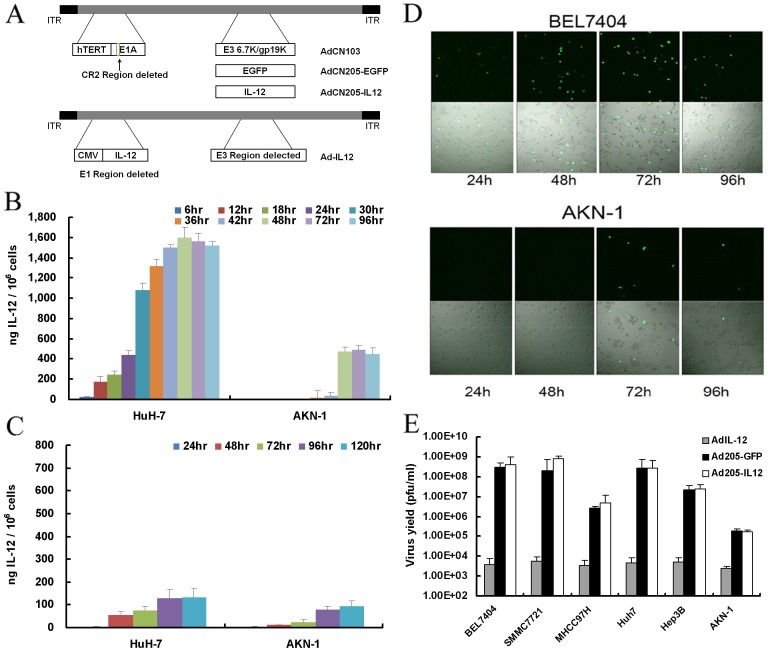Figure 1. Construction and characterization of AdCN205-IL12.
(A) Schematic description of the structures of AdCN103, AdCN205-GFP and AdCN205-IL12. In AdCN103, the E1A promoter was replaced by hTERT promoter and deletion of the adenoviral genome 923 to 946 nucleotides, which enables viral replication within malignant cells with abnormal RB functions. In AdCN205-GFP and AdCN205-IL12, E3 6.7 K/gp19K genes were substituted by GFP reporter gene and hIL-12 therapeutic gene, respectively. (B) Expression of transgene in the cells after infection with oncolytic adenoviruses. Tumor cells (HuH-7) and normal cells (AKN-1) were infected with AdCN205-IL12 at the multiplicity of infection (MOI) of 10. At different time points, the culture supernatant was collected for determination of hIL-12 levels by ELISA. (C) hIL-12 level in the cells infected with Ad-IL12 at the MOI of 10. The data was presented as the mean ± SD of three independent experiments. (D) Representative photomicrographs were obtained from BEL7404 and AKN-1 infected with AdCN205-EGFP at the MOI of 10. Original magnification, 200×. (E) Selective replication of oncolytic adenoviral vectors in vitro. Tumor cells (BEL7404, SMMC7721, MHCC-97H, HuH-7, Hep3B) and normal cells (AKN-1) were infected with AdCN205-GFP, AdCN205-IL12 or Ad-IL12 at the MOI of 10 respectively. At 48 hours after viral infection, cells and medium were harvested, and viral particles were released by three cycles of freezing and thawing. The viral titers were measured by using plaque assay of QuickTiter™ Adenovirus Titer Immunoassay Kit on HEK293 cells. The data was presented as the mean ± SD of three independent experiments.

